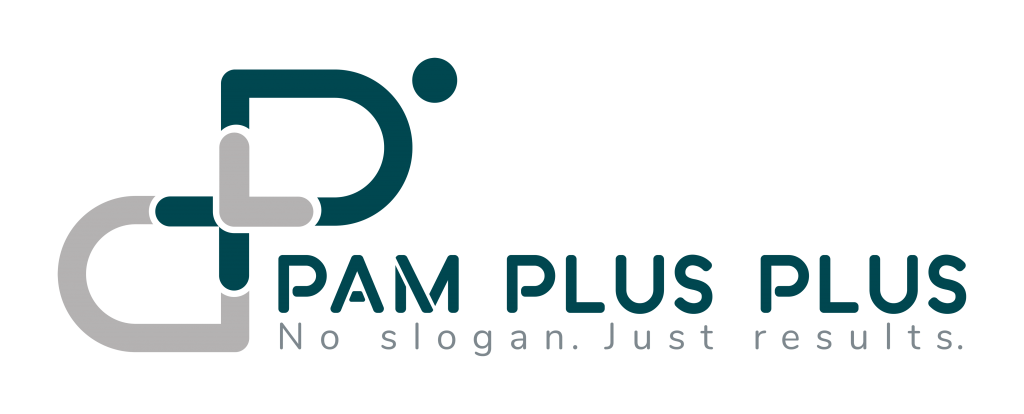PR, PR, PR: tell me what you are.
We discussed the distinctions between traditional PR and digital PR in our earlier blog about public relations. However, what came to mind after that was the fact that the term “PR” is so widely used that its definition varies from person to person and country to country.
As a result, we believe that this blog should go on from the last one and take a step back to discuss what public relations is and what its primary functions are. The goal of this isn’t only to teach people what PR is or what it means; it’s also to show the next generation of PR professionals that true PR work takes, if not demands, a great deal of thinking, planning, being systematic, and constantly anticipating the outcome in a timely manner. PR isn’t only about mingling and having a good time on social media or at events.
So there’s no need to take my word for it. I’ve read a number of articles about the roles and duties of PR. Continue reading.
Smallbusiness.chron.com talks about the roles of PR in this article stating that “Public relations professionals shape an organization’s image. They build the brand, spread the organization’s message, and minimize the effect of negative publicity. At a small company, the PR person may have to handle all the roles – cheerleader, media contact person, the deflector of criticism – themselves. At larger companies or big PR firms, staffers can have more specialized roles to handle different organizational needs.
Manager or Technician: One way to divide up roles is between communication technicians and communication managers. Communication technicians are PR writers. They turn out press releases, newsletters, website content, speeches, blogs, and social media posts. Managers handle the bigger picture, assessing the PR goals to accomplish or the problems to solve and determining the PR strategy required.”
Types of PR
You might think that PR just involves working with members of the press, but consider what marketingtutor.net has to say about the function and features of the PR, which can be divided into the following types;
- “Media Relations. Media relations mean that you build relations with media through interviews, press releases, notifications, and press conferences.
- Communal Relations. Here you establish a relationship with the local community. It’s to get public support, launch a new product, customer’s feedback, and respond to some event.
- Social Responsibility. Corporations also have a social responsibility that goes beyond sales and profit-making. It means performing all the operations of the business that is good for society as a whole.
- Government Relations. It means building a suitable relationship with the local government to carry out all the operations smoothly and efficiently. It could be legal, monetary, or otherwise. The point is to have the government on your side.
- Crisis management. The PR personals must be ready to face all kinds of challenges, and there should be a protocol for every possible scenario.
- Social Media. Using social media has also become a part of companies’ marketing plans, where they keep the public informed about every little detail and the progress that the company is making.
- Employees’ Relationship. Employees are a great valuable asset to the company. Therefore, it’s important for the PR personals that they should develop to keep employees informed about companies’ plans and what their roles be. When employees are satisfied and well informed, the productivity of the company would increase. “
As you can see, public relations entails dealing with a wide range of people, platforms, institutions, and situations.
Lastly, then, how is public relations different than advertising?
Forbes.com’s article puts it very well that “It’s Unpaid vs. Paid. Earned vs. Purchased. Credible vs. skeptical. Public relations tastes great, advertising is less filling.
There’s an old saying: “Advertising is what you pay for, publicity is what you pray for.”
Advertising is paid media, public relations is earned media. This means you convince reporters or editors to write a positive story about you or your client, your candidate, brand or issue. It appears in the editorial section of the magazine, newspaper, TV station or website, rather than the “paid media” section where advertising messages appear. So your story has more credibility because it was independently verified by a trusted third party, rather than purchased.
Another huge difference is price. PR firms charge monthly retainers or can be hired for specific projects. Advertising can be very pricey.
A former client purchased one full-page ad in a weekly magazine that cost him $125,000. He expected a wave of phone calls, viral media and multiple conversations about the ad. He got zero. In contrast, getting quoted in the New York Times, Forbes and Reuters resulted in national speaking invitations, calls from new and existing clients, and solid credibility. Not everyone can afford $125,000, but advertising can be expensive when you figure the cost of the space or time plus the creative designs and production costs. And most advertisements need to be repeated several times before the consumer can be influenced.
Because it’s in their best interest to sell you more ads, advertising folks tell clients what you WANT to hear. “Baby you’re the best! You just need to pay for a few months more for billboards and TV spots!” Because PR people deal with crises, image enhancement, and creation of long-term relationships where your story often must be accepted by others (the media) before you obtain recognition, PR people tell you what you NEED to hear.”




